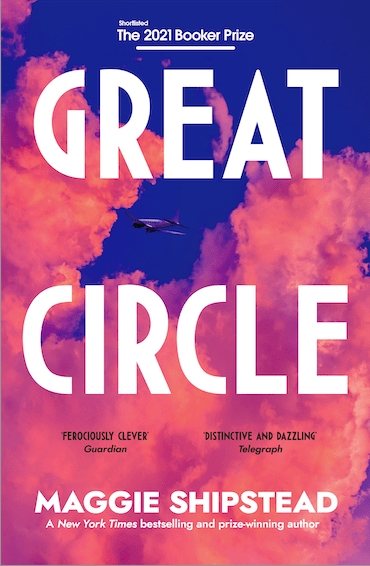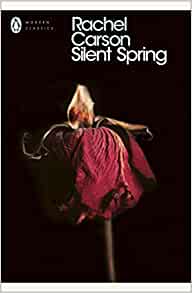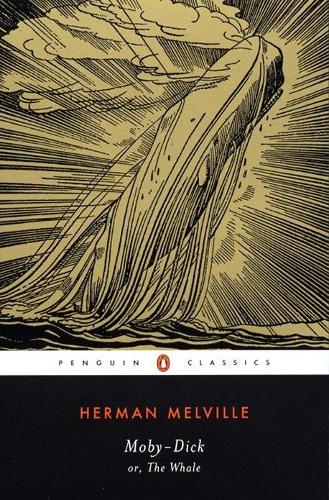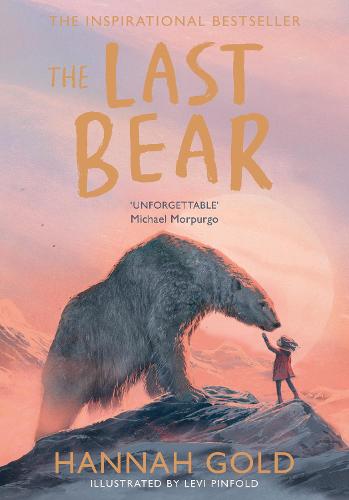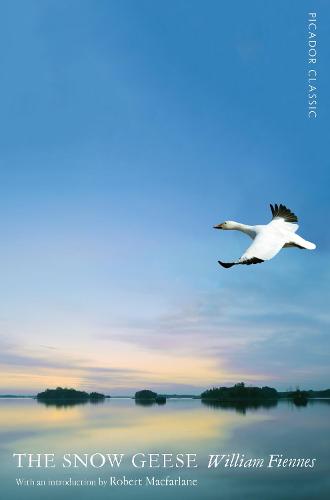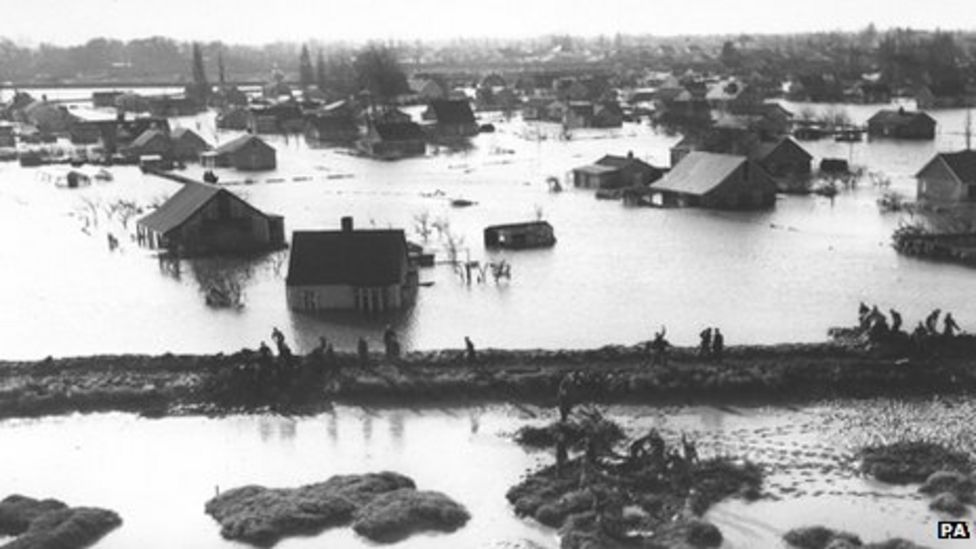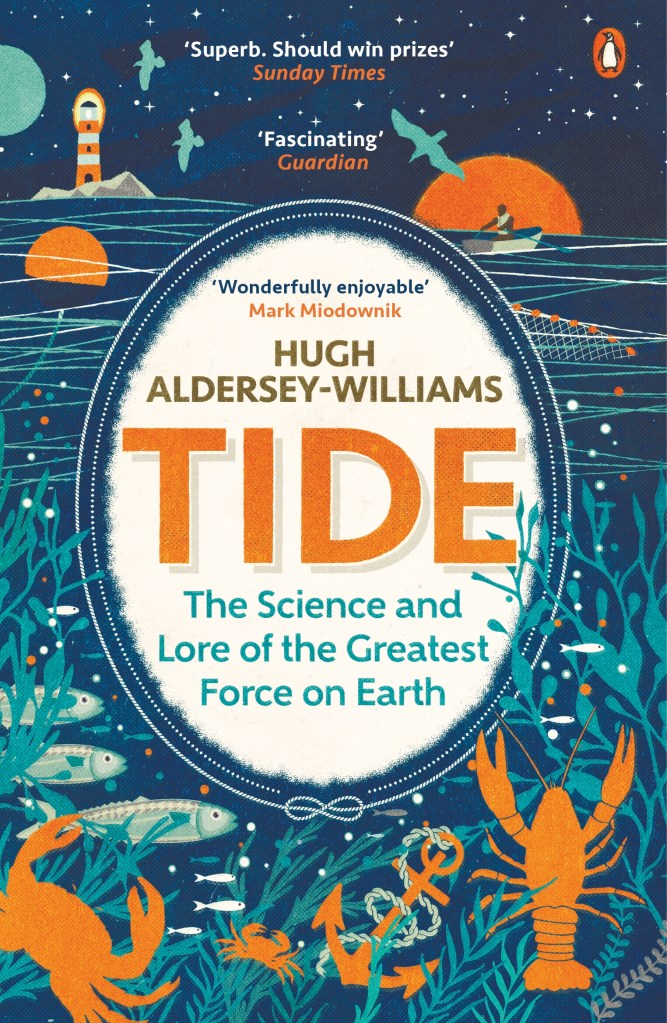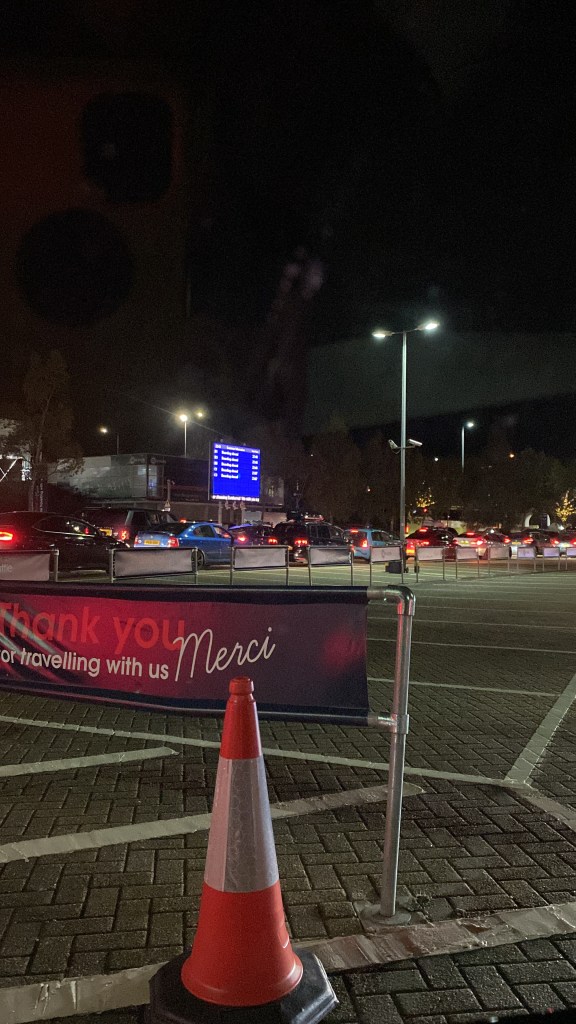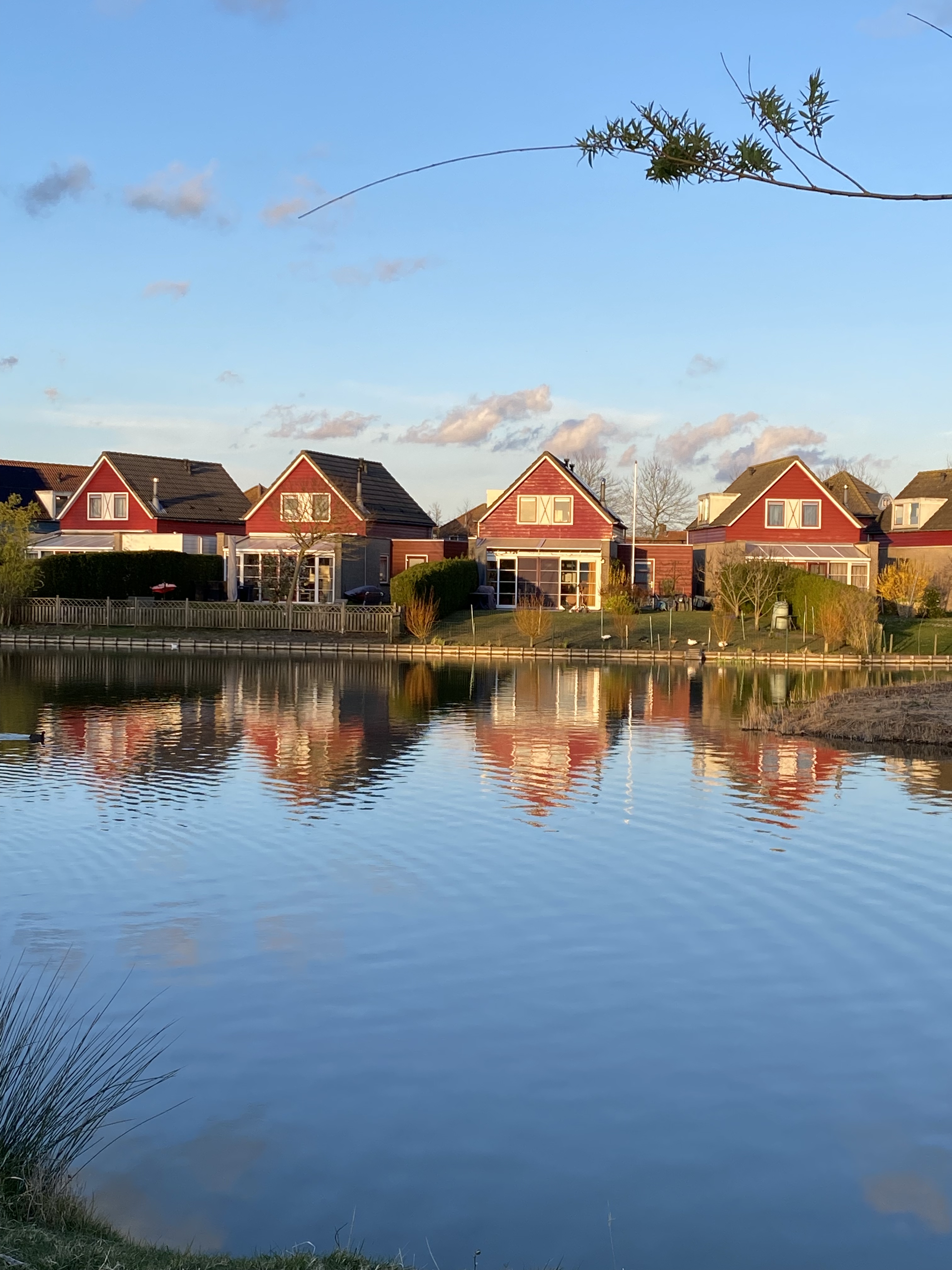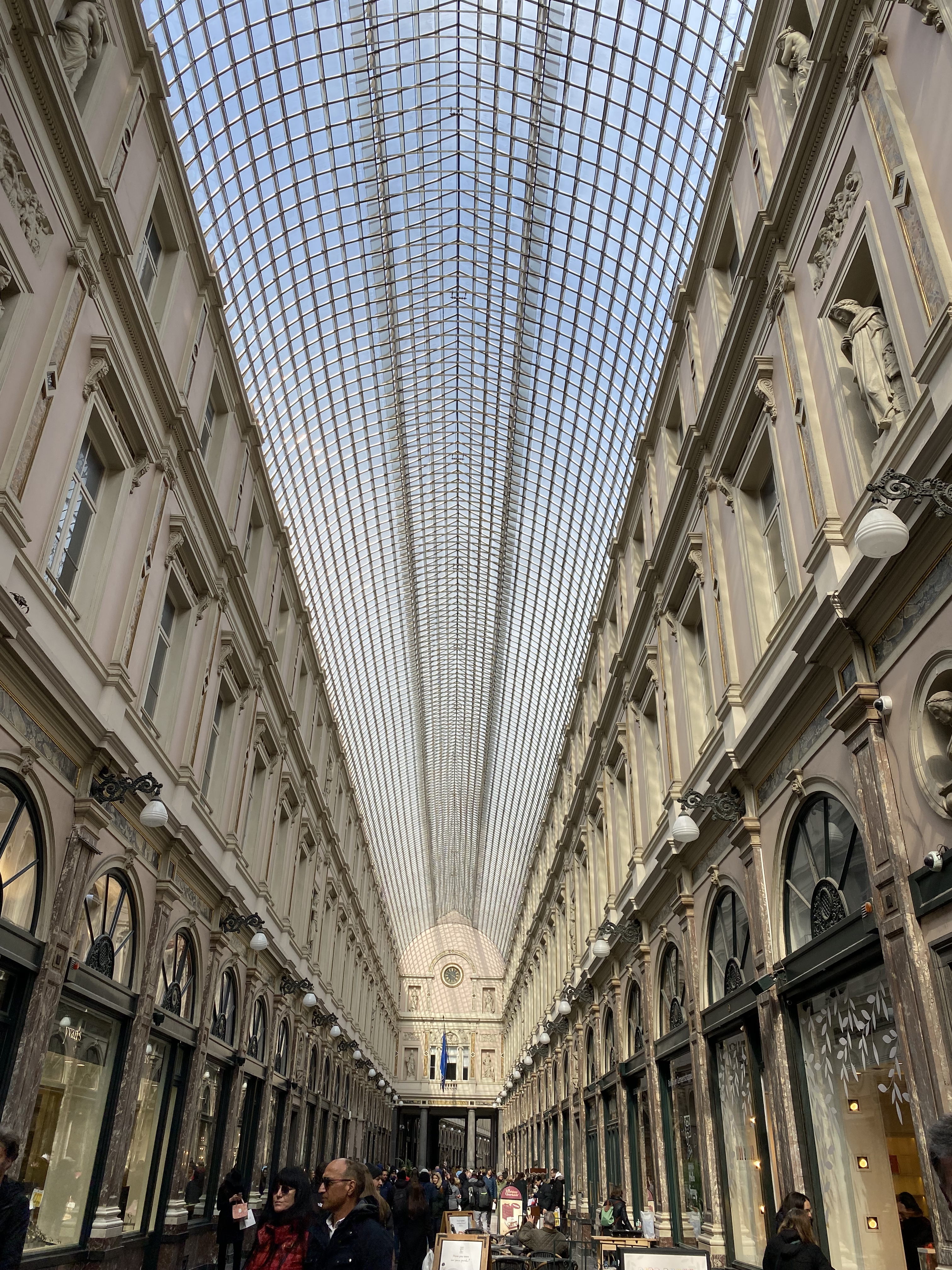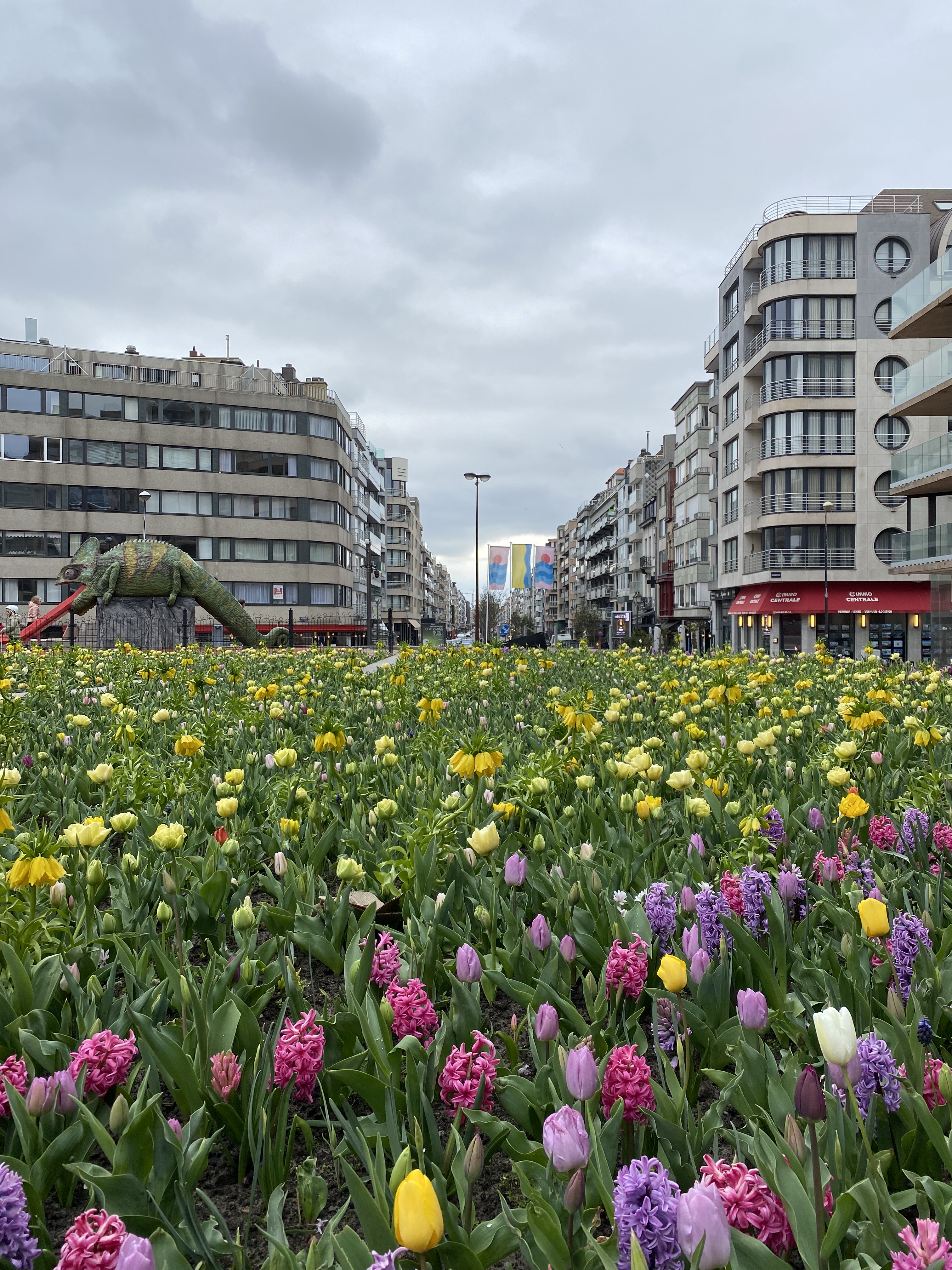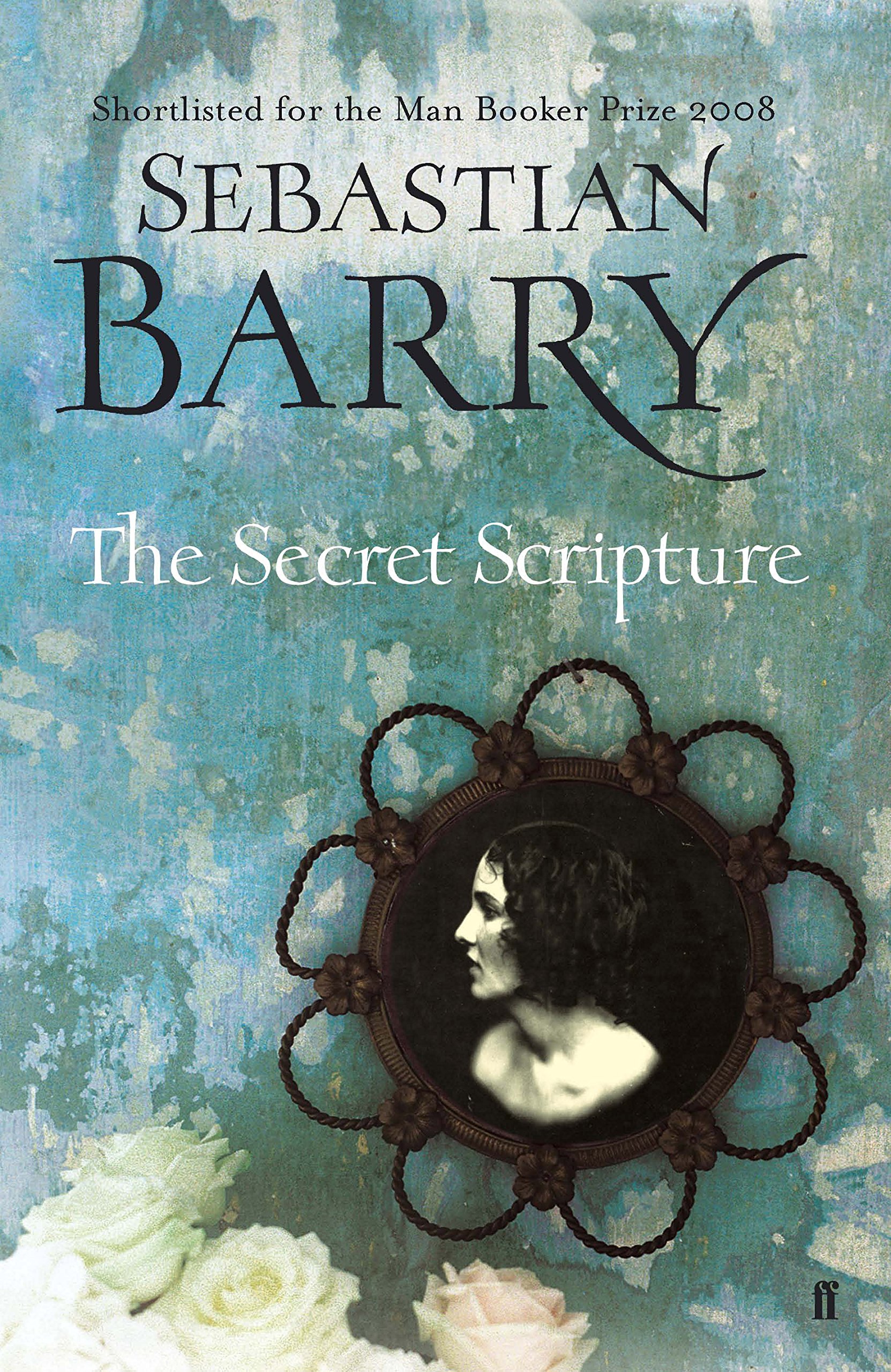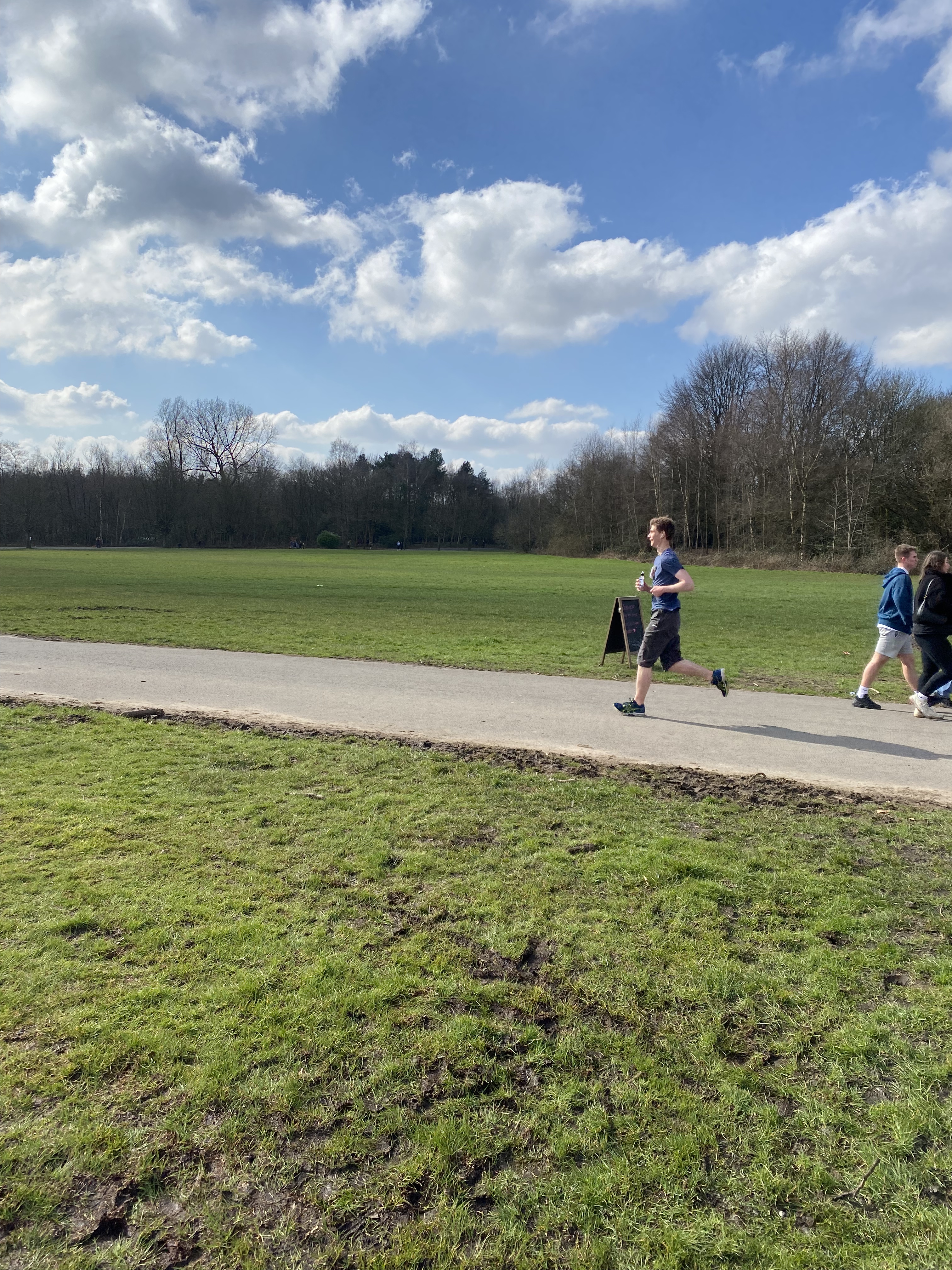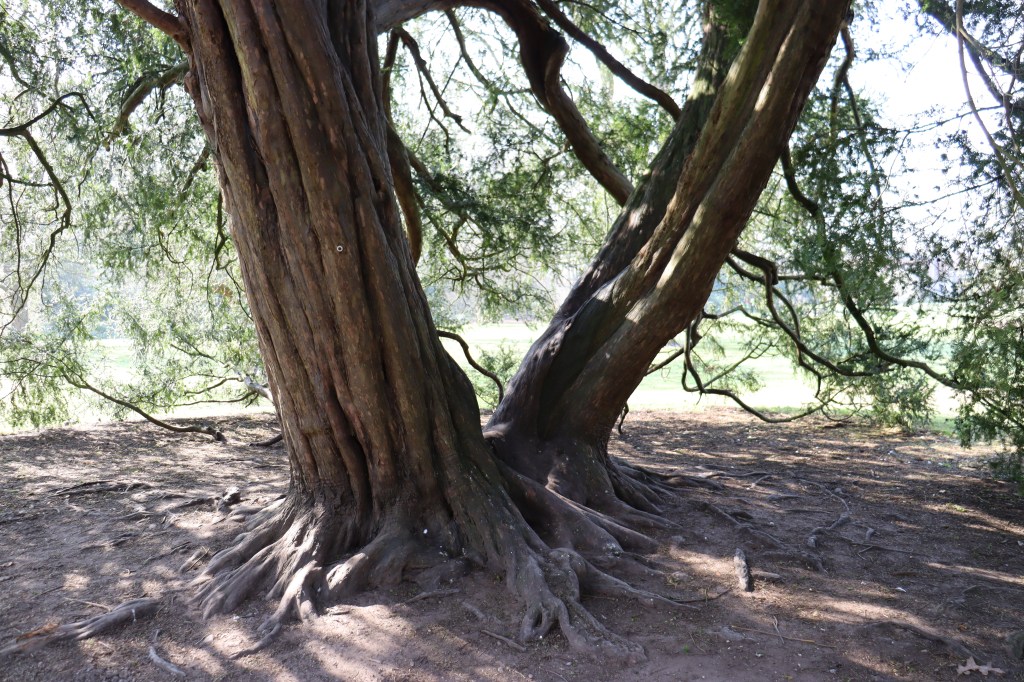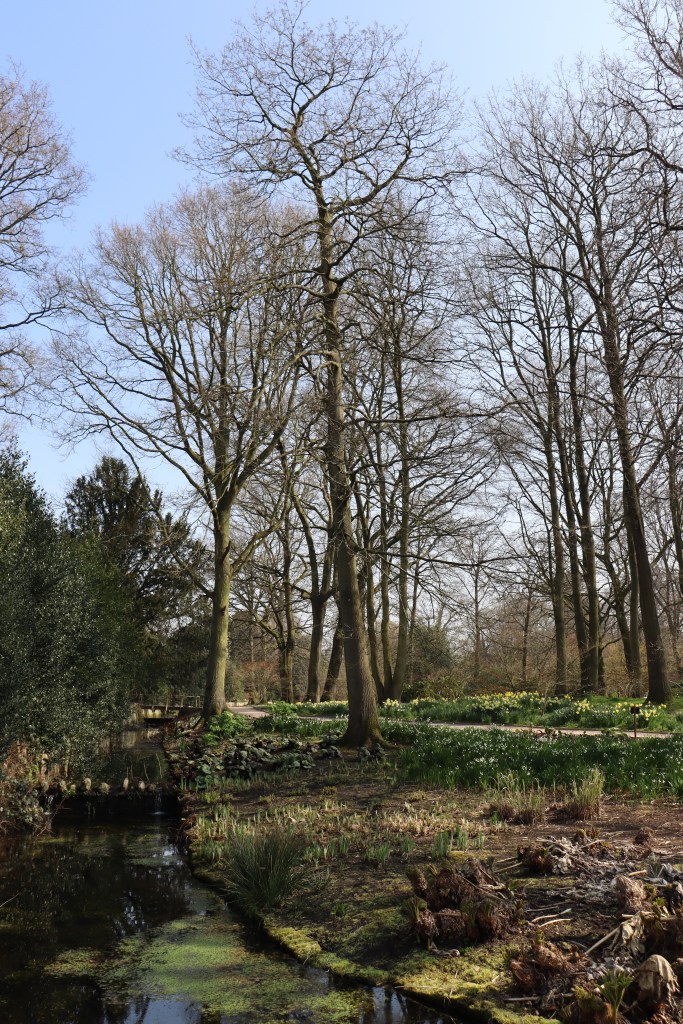Russia’s invasion of Ukraine has galvanised most of the rest of the world in a way that one suspects Vladimir Putin did not expect. Economic sanctions have been imposed, Ukraine is being supplied with large scale weaponry to help it defend itself and organisations everywhere are questioning the participation of Russians in sport and the arts. Wimbledon will not be welcoming Russian and Belarussian participants this year. The Royal Opera House cancelled performances by the Bolshoi ballet scheduled for the summer. I read a news article this week about how Ukrainian citizens have been pulling down statues of Russian historical figures and renaming streets named after them, making their own views about Russian culture pretty clear. Days before Russia invaded Ukraine, I had just started to read Fyodor Dostoevsky’s Crime and Punishment. After 24th February, I asked myself whether I should be setting the book aside.

Dostoevsky’s work pre-dates modern Russian history by some margin: he was born in 1821 in Moscow. He travelled widely in Europe and was for some time addicted to gambling, running up significant debts as a consequence. He died of a pulmonary haemorrhage in St Petersburg in 1881 aged 59. He is undoubtedly one of the greats of world literature and was writing at the time of what is considered to be the golden age of Russian literature; he was a contemporary (or near-contemporary) of the likes of Gogol, Pushkin, Turgenev, Tolstoy, and Chekhov. Dostoevsky is perhaps one of the greatest novelists ever and Crime and Punishment (first published 1865-66) is perhaps one of the greatest novels ever. That surely makes it a must-read whatever the geopolitical situation.
Dostoevsky has always been celebrated in Russia although his own politics are not easily defined. He was sentenced to penal servitude in Siberia at one point in his early life, for speaking out against the Tsar. This got him a sentence of four years, whereas Raskolnikov, the central character in Crime and Punishment , gets a mere eight years for a brutal double murder! Dostoyevsky was a Christian and decried the decline of ‘true faith’ in Europe in the nineteenth century in favour of secular constitutions.
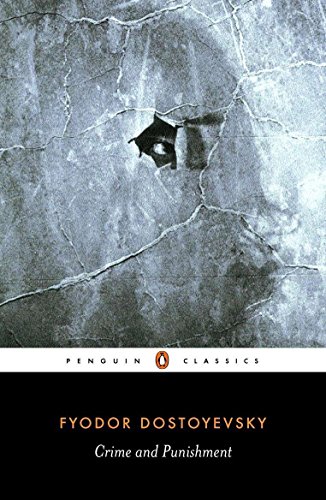
Raskolnikov manages to flee undetected, and the blame for the crime is pinned on a decorator working in the building at the time (he confesses!). But Raskolnikov is unable to live with his culpability. I use this term deliberately because it is clear that what our perpetrator feels is somewhat short of guilt, and certainly not remorse. Large parts of this novel are extended internal debates Raskolnikov has with himself, justifying his actions, but also fearing capture. He is paranoid about being caught by the wily police investigator Porfiry Petrovich. He becomes gravely ill (somatic sickness triggered by his mental torture) and is cared for by his loyal friend Razumikhin, as well as his long-suffering mother and sister.
Raskolnikov is not a likeable character and the devotion of his friend, mother and sister seem misplaced. The book is littered with other unlikeable characters, also of dubious moral fibre, from Dunya’s cold-hearted fiance Luzhin, to the drunk Marmeladov, who spends all his money at the tavern while his wife and children starve, to the malevolent Svidrigailov who lusts after Dunya and tries to blackmail Raskolnikov after overhearing him confess to the saintly Sonya (step-daughter of Marmeladov). Raskolnikov wants us to see his crime as merely on a spectrum of immorality; all men are bad, and he is not really that much worse.
The novel is profound and interesting and examines the state of mind of a particular type of criminal in a particular setting. A highly self-absorbed and entitled young man who cites poverty as the main reason for his actions. It so happens that I have also just finished reading Notes on an Execution by Danya Kukafka, a contemporary novel which also explores the mind of a killer. The central character there, a damaged young man who never really recovers from feelings of abandonment by his mother at a young age, also philosophises on his actions and invites us to consider how much worse he really is than others. Look out for my review of that shortly.
So, yes, we should still be reading, watching and listening to the giants of Russian culture because these are rooted in a history and reflect a people that is entirely separate from the present regime in Russia. The likes of Dostoevsky were established as great long before the present Russian leader came along and will remain so long after he is gone.
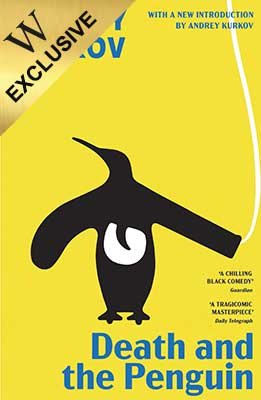
I will be reading Ukrainian classic Death and the Penguin by Andrey Kurkov next. Waterstones is donating the proceeds of all sales of this book to Oxfam’s Ukraine Humanitarian Appeal.


